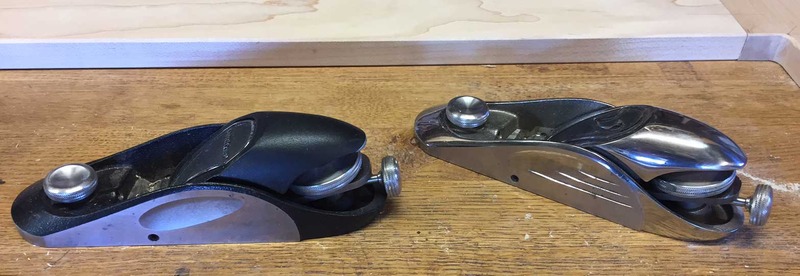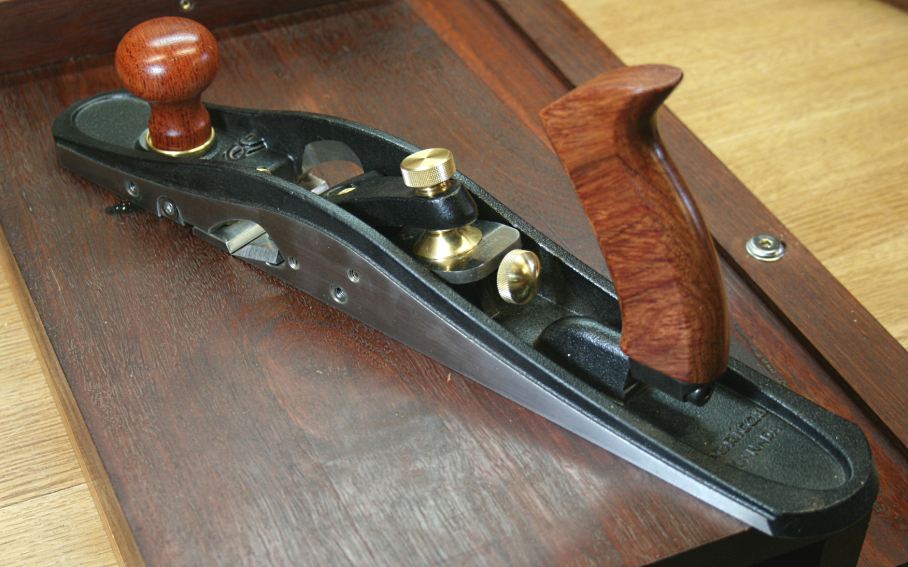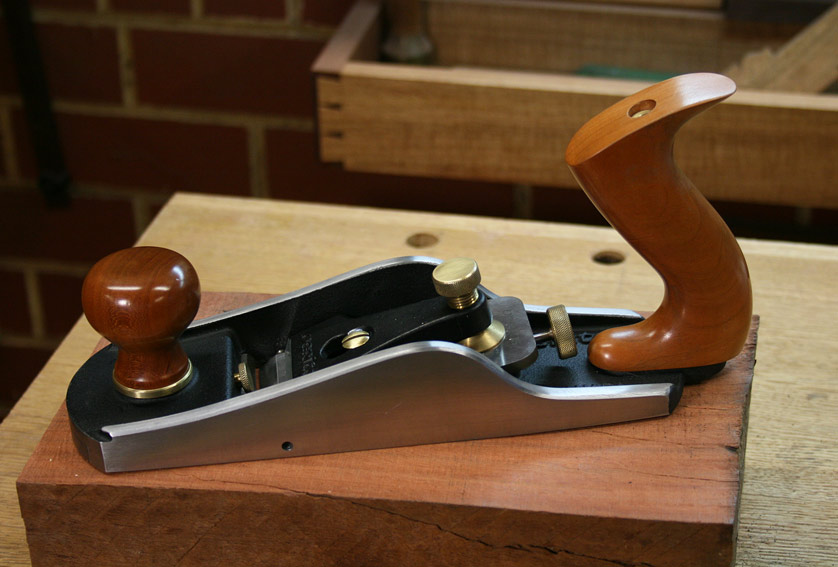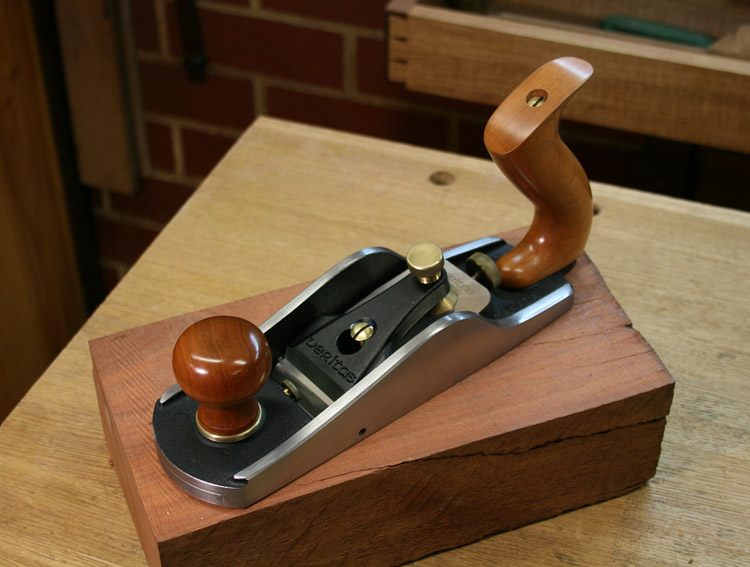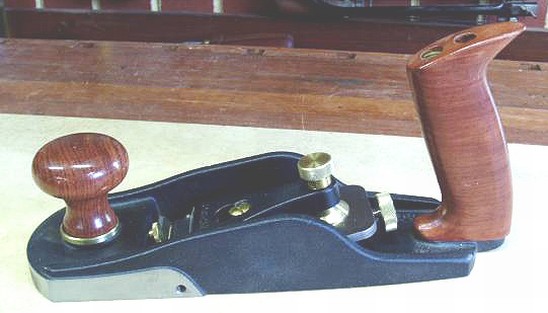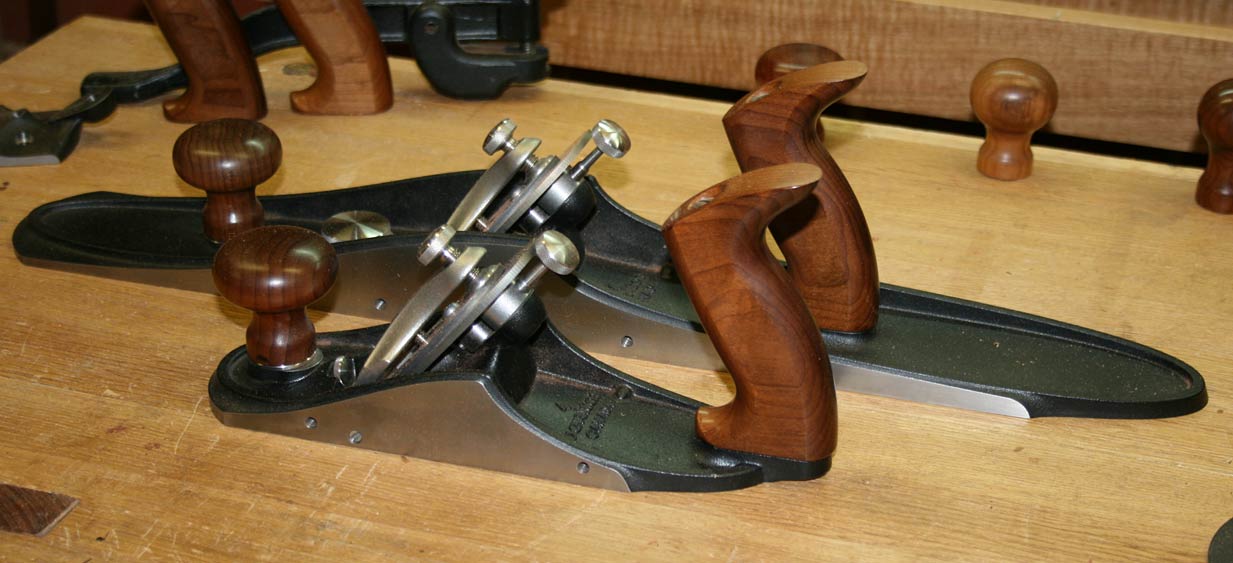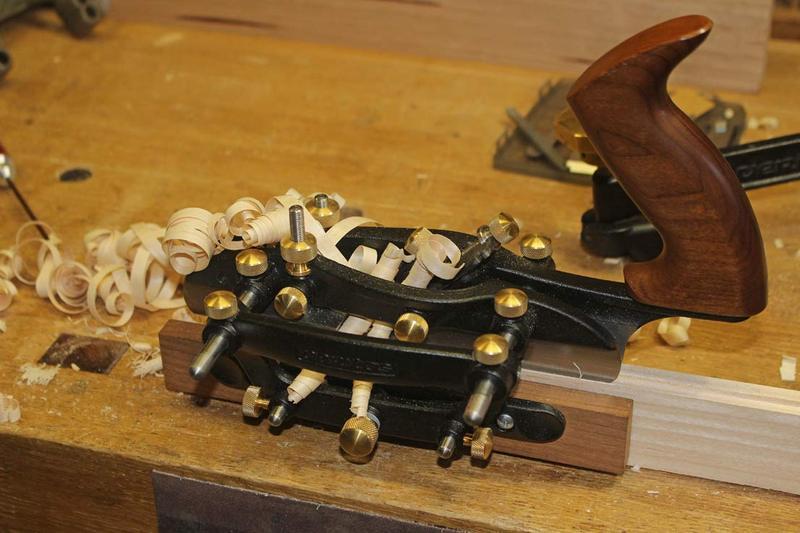Devmeister
Established Member
There is a time for dovetails, and a time for not. When Krenov used dowels on cases, it was a deliberate decision to avoid adding a distraction to the flow of the figure.
You do not have to identify with his designs. There are pieces which I love, and pieces that leave me indifferent. I do enjoy the quiet and calm that surrounds his furniture. He reached the soul of many of us, and inspired a love of the wood, encouraged our passion to be expressed in our own designs and visions.
In this he was very, very different from the Paul Sellers and Rob Cosmans of this world, who teach what to do rather than how to see.
Regards from Perth
Derek
A very elegant statement. My issue with Krenov is that I see his work more as artistic sculpture than practical furniture. It certainly makes a statement. A fluiditic fusion of modern lines and unusual organic wood features. I doubt there is a true woodworker that wouldn’t admire it as a piece.
Design is an issue. There is much to be said here. I have had to work with many Pitt State University grads. These lads were trained on how to mass produce melamine boxes with modern machines. No dovetails! No traditional anything! Pure modern fitment. When we did the T-Mobil job in Vegas, it was all CNC fit solid surface corian panels.
In commercial fitment, one begins with a dry walled box. It can take on any atmosphere you wish from a surgical white Plam collection of cabinets to the rustic barn wood environment of a biker bar to the atmosphere of an English pub. The vivid colors of plam used in sushi-Rama job looked like an acid trip while the high end elegance of AUP reflected the pose elegance of a Swiss watch vendor. We didn’t do the designs but we had to make them reality. Sometimes easy, sometime frustrating. So design is a complex concept that gets to little attention in our small world.








